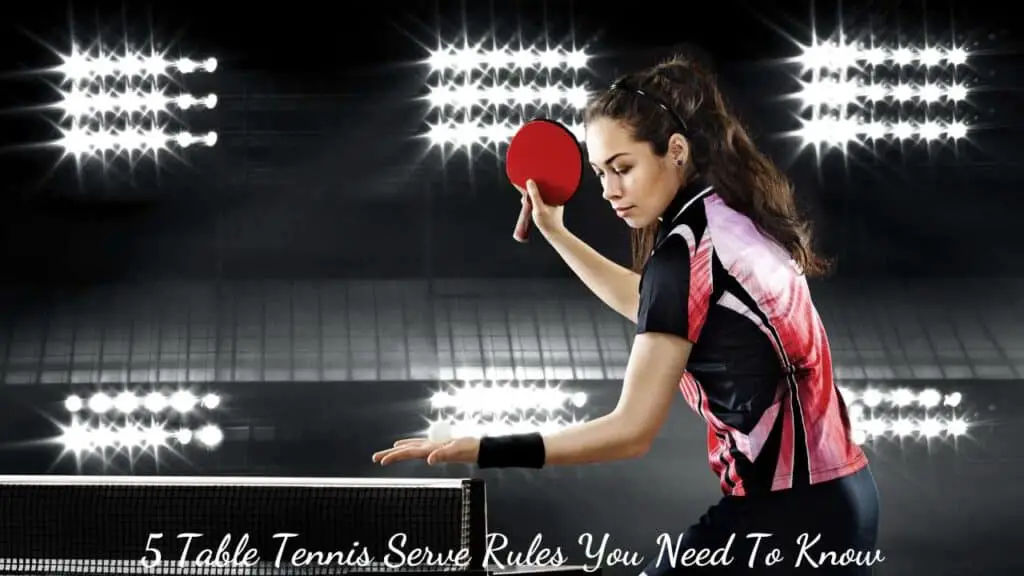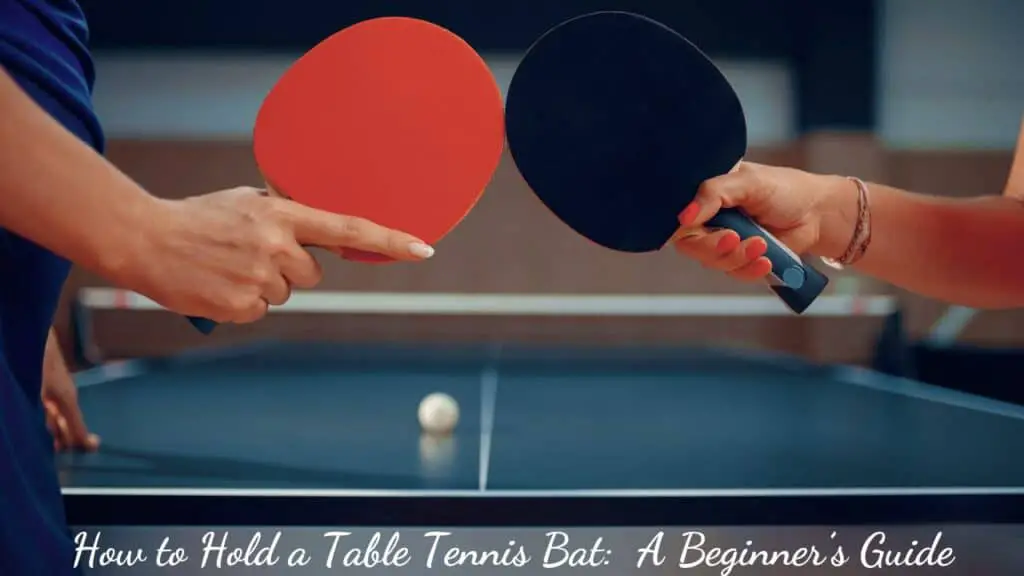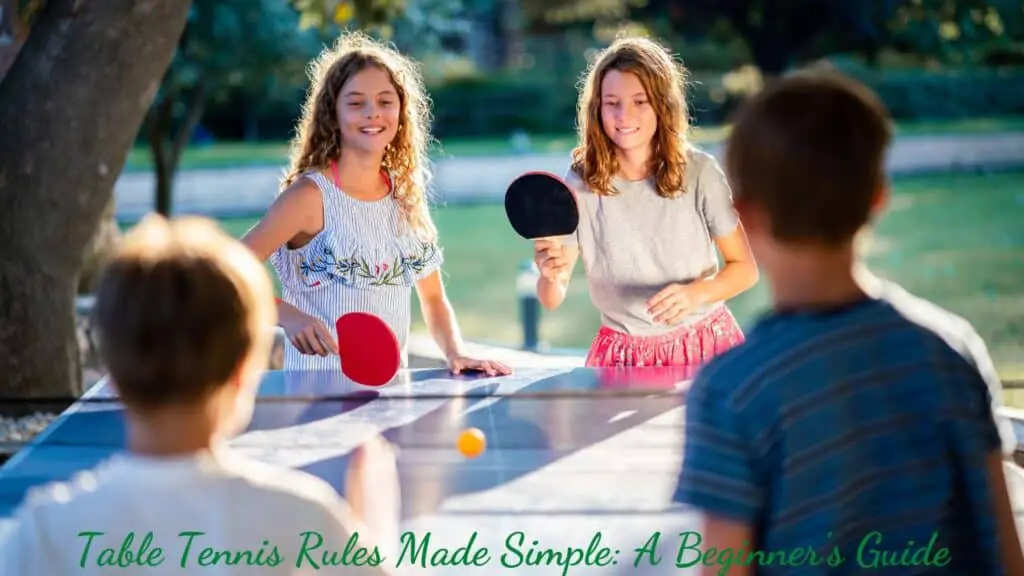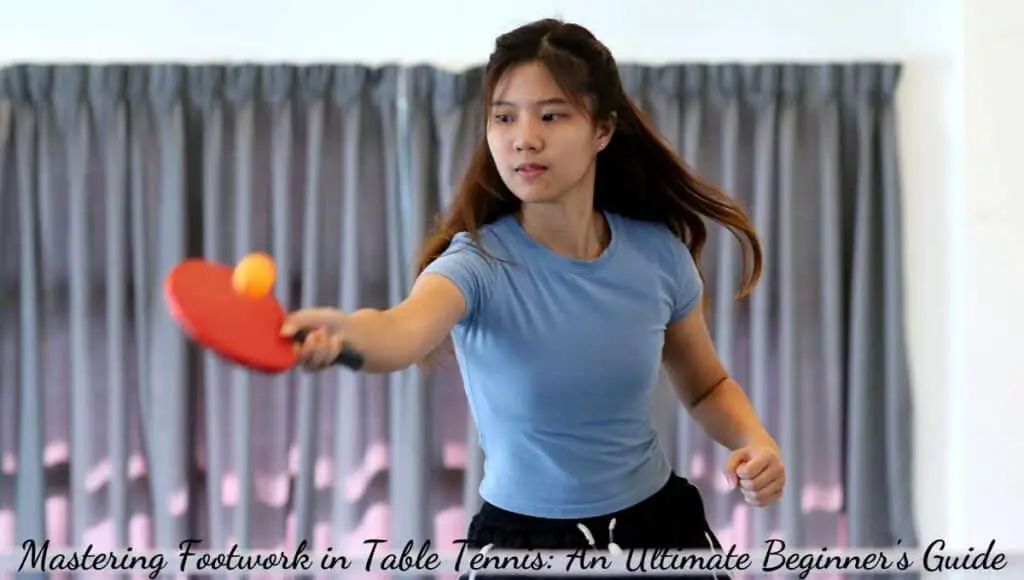A table tennis match ends up with the best of 3 or 5 sets. Each set consists of only 11 points. Being the short nature of the game, you can’t afford to do too many errors. Imagine the situation when you have the match point with 10-9 in the final set and you do the worst mistake, a service fault. Considering the 50% coverage of total points in serves, the importance of table tennis serve rules is huge.
So to give you a better understanding, I have come up with easy explanations regarding the essential serving rules and regulations governed by ITTF (International Table Tennis Federation) to avoid doing illegal services.
Hold the Ball on Your Flat Palm
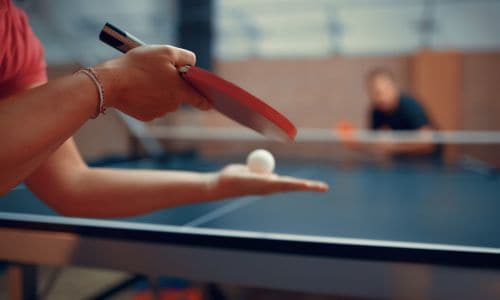
This is the most basic serve rule that beginners must be aware of. Don’t hold the ball with your fingers. Always rest the ball on your stationary flat palm while serving.
The Serve to be Taken Behind the Table
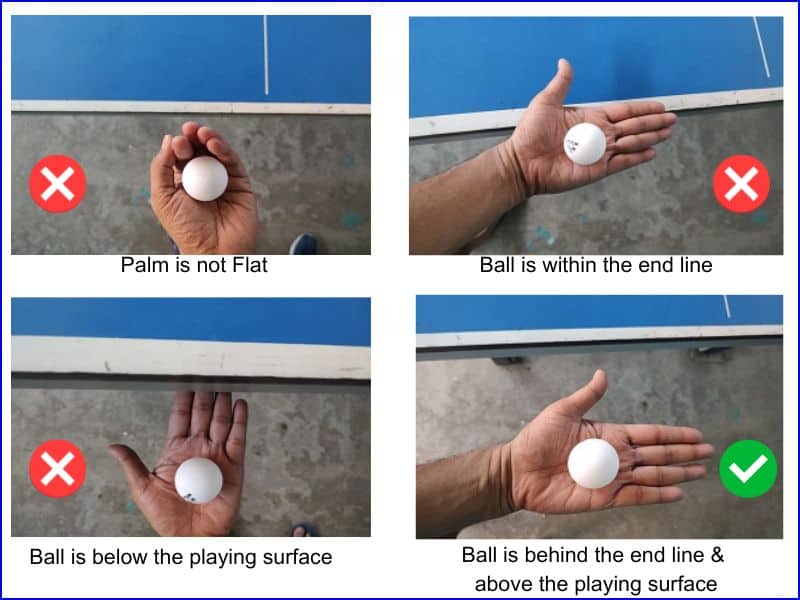
You must serve behind the end line of the table. It is an illegal service when it is taken within the end line. The ball also must be above the playing surface. You can’t serve below the level of the table and obstruct your opponent’s vision.
Throw Vertically

This is also one common mistake that not only costs a point but also may demoralize you for the rest of the game. Don’t strike the ball just after releasing it from your hand. Throw the ball vertically high enough (officially the minimum height is 16 cm) not to be get warned by the umpire.
Don’t Hide the Ball
Don’t hide the ball and obstruct your opponent’s vision while serving. Your serving action tells your opponent what type of service it is. Is it a topspin serve or a backspin serve? This visualization is important for delivering a good return. If you hide the ball, it will trap the receiver in a dilemma. Your serving action must satisfy the umpire to avoid doing a faulty service.
The First Bounce Must be On Your Side
This is what newcomers are told when they come to the board. Strike the ball in a way so that it touches first on your court and then bounces directly on the receiver’s court. Neither you are allowed to put the ball directly on the receiver’s side nor you can bounce twice on your side.
There may be situations when the ball touches the top of the net and falls on the receiver’s court. In this case, the play is interrupted by the umpire and you have to do the same service again.
The table tennis serve rules are slightly different in doubles than in singles. In singles, you have the authority to place the ball anywhere on the table. But in doubles, the server has to serve diagonally from the right side of the table (the white marker line divides the table vertically into two halves) to the right side of the receiver’s court.
Note that if the ball lands on the white marker line, it is considered in.
The last important thing is the number of serves. Each player gets the opportunity to serve twice in a row regardless of who wins points except when there is a “Deuce” i.e. 10-10. In this situation, players get the chance to serve only once and the service alternates till the game ends.
In doubles, the receiver will be the next server and the server’s partner becomes the new receiver.
Conclusion
Don’t get too much into table tennis serve rules. It is good to be comfortable with “Holding the ball on a flat palm”, and “Throw the ball vertically” but these guidelines don’t matter much for recreational play.
But if you are serious and want to participate in tournaments in the future, try to follow the service rules and regulations in practice matches. Work on them on a regular basis so that they become a habit.
Related Topic: “Table Tennis Rules Made Simple: A Beginner’s Guide“

